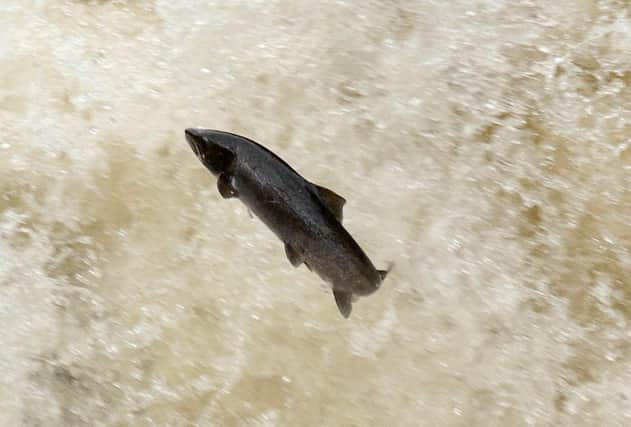Major project to count salmon numbers in Scotland takes leap forward


Between July and September biologists and volunteers will carry out electrofishing as a method of capturing and counting fish at more than 800 randomly selected sites across 27 regions of the country.
Electrofishing uses equipment with electricity flowing through it to capture the fish, carried out by trained teams without injuring the young salmon.
Advertisement
Hide AdAdvertisement
Hide AdThe project - jointly funded by the Scottish Government, the Scottish Environment Protection Agency (SEPA) and Scottish Natural Heritage (SNH) - will provide an accurate estimate of numbers of young salmon in Scottish rivers, while also providing fisheries trusts and boards with valuable information to supplement extensive local surveys, which many have conducted for decades.
Environment secretary Roseanna Cunningham said: “We are already assessing the populations of adult salmon but this new national survey is a significant milestone, which will help us estimate the numbers of young salmon in our rivers.
“The data gathered will also help SEPA classify electrofishing sites and SNH report on the condition of Atlantic salmon and freshwater pearl mussels in Special Areas of Conservation.
“This ground-breaking initiative is a great example of the partnership working that is essential if we are to safeguard the future of this iconic species.”
Iain Sime, SNH freshwater and wetlands group manager said: “It’s wonderful to see this project come to fruition.
“It’s an exciting opportunity to report on the health of the ‘king of fish’ on a national scale for the first time, and to measure the health of Scotland’s rivers that are designated for the conservation of salmon.
“The monitoring will go a long way to helping us all ensure salmon continue to thrive in our rivers.”
SEPA and SNH have contributed a combined £132,000 to the monitoring programme, which will be delivered locally by fisheries trusts and district salmon fishery boards between July and September 2018.